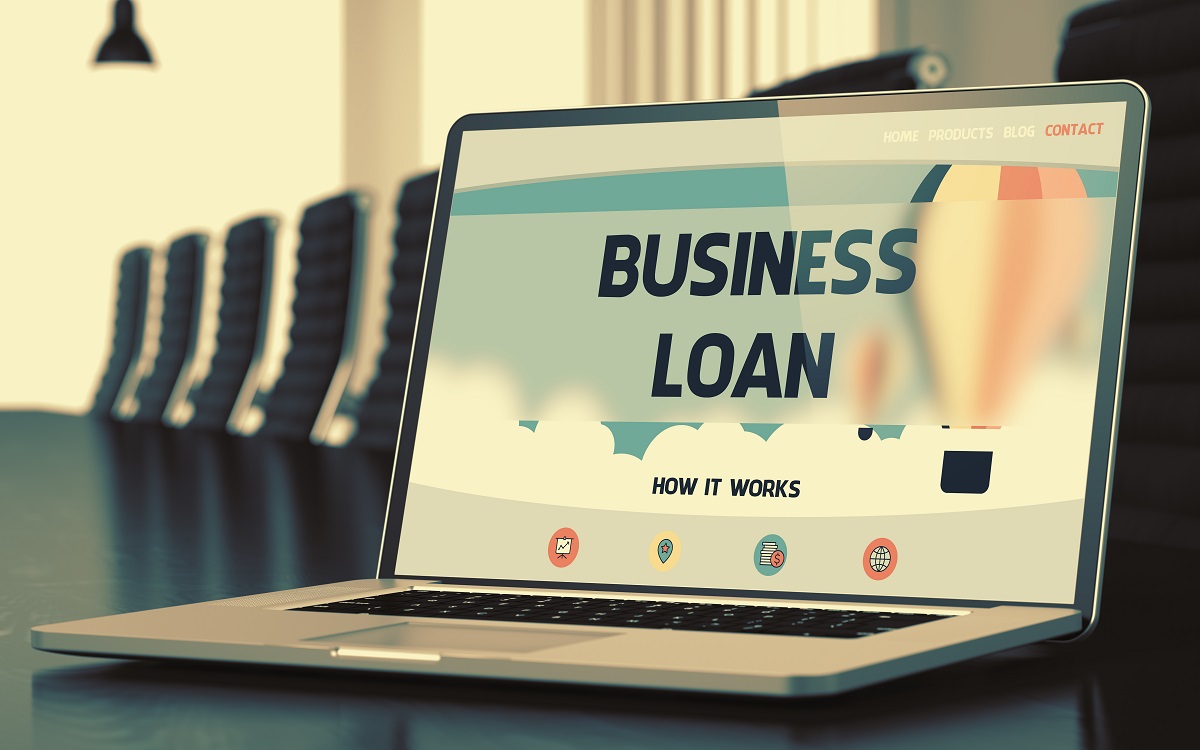A guide to getting a small business loan
By Lucy Wayment on Small Business UK - Advice and Ideas for UK Small Businesses and SMEs Everything you need to know on what small business loans are and what types of loan are available for your business The post A guide to getting a small business loan appeared first on Small Business UK.

By Lucy Wayment on Small Business UK - Advice and Ideas for UK Small Businesses and SMEs

If you run a small business, the chances are you’re going to need a loan at some point. Maybe you already have, like a commercial mortgage for your first space, or the money you borrowed from family and friends to get your business off the ground. Perhaps you’ve been able to cover your costs up to now, but you suddenly need some extra cash to replace a piece of equipment or pay for an unexpected bill.
Whatever you need funding for, borrowing can be daunting when you’re new to it. The world of business finance is constantly evolving, as new schemes, providers and lending products emerge. That’s why we’ve put together this guide, to help you understand what small business loans are all about and how to get one.
What is a small business loan?
It may seem obvious, but the main thing that distinguishes business loans from personal loans is that they’re used for commercial activities. If you don’t want to impact cash flow or dig too deep into your cash reserves, the right funding could help you cover a financial gap or buy something big without spending a lot up front.
Just as you’d pay off a house with a mortgage, a business loan can allow you to access something just beyond your reach, by borrowing money that you pay back over time with interest.
What’s the difference between a secured loan and an unsecured loan?
When people talk about assets they’re usually talking about things like stock, machinery, vehicles and commercial property. But if you run one of the UK’s five million small businesses, it’s likely that your company will have fewer assets than a large or mid-sized one. This lack of assets can make it harder to take out a large loan, but there’s still scope to get something more short-term.
Lenders see assets as security, which they can use to ensure they’ll get their money back if you can’t pay back a loan.That’s why loans which aren’t secured against something valuable are called unsecured loans and are riskier for lenders to take on.
Secured loans, on the other hand, tend to be used for borrowing more substantial sums of money, since they give lenders a guarantee that they’ll be able to get back the value of the loan if you default. Secured loans have lower interest rates as a result.
What do small businesses use loans for?
Small business owners use loans for all types of things, from buying property to plugging short-term cash flow gaps. It all depends on your company’s financial situation and what you’re trying to achieve. Here’s a few examples:
1. A seasonal business looking to cover working capital
Let’s say you run a seasonal business, like a ski equipment shop, that performs well during winter but sells a lot less during the summer months. If your financials make a strong enough case for your company’s high sales during peak periods, you could take out a working capital loan to help pay for everyday costs.
This type of finance could take the pressure off wages, rent and utilities, which tend to remain constant even when your business is earning less.
2. A manufacturing firm looking to invest in new equipment
Let’s imagine your business makes aircraft parts and you’ve just signed a contract with a client looking to make a big order. With asset finance, you could ramp up production by either hiring a new piece of machinery or spreading the cost of an item that you eventually own outright.
Either way, by taking out a business loan to fulfil your new client’s order, you’ll also be able to enhance your company’s capacity and earn more money, without a big outlay. The interest on the loan may cost your business money, but it’ll also make your operation more effective and put it in a better position to grow in the long-term.
3. A recruitment agency looking to unlock the cash in its invoices
Let’s say you run a recruitment firm, where a lot of your clients take a long time to pay your invoices. Your business might be performing well on paper, but the outstanding payments your business is owed can make it difficult to cover other costs like VAT, stock purchases and payroll.
With invoice finance, you could unlock cash more quickly, by selling those unpaid invoices to a lender and releasing almost all of the cash they represent, rather than waiting months. Once your client eventually pays what they owe, you can pay back the lender.
How does a small business loan work?
From a lender’s point of view, the most important thing about a business loan is finding proof that you’ll be able to pay it back. If the lender has that assurance – by looking at your financials and the things you own, for example – then they’ll approve your application and eventually deposit the funding you’ve asked for into your account.
After that, it’s your responsibility to repay the loan, often in monthly instalments and with the interest on top. The rate of interest may depend on your business’s financial circumstances and will vary between different lenders, based on things like your business’s creditworthiness and the lender’s appetite for risk more broadly.
How do you apply for a small business loan?
When you’re ready to take out a loan, the first thing you need to do is figure out what type of funding you need. If you’re looking to invest in something more long-term like an asset or a property, then you’re probably in the market for asset finance, a commercial mortgage or a traditional business loan. If you need something more flexible, with a predetermined limit where you can withdraw money as and when you require it, then you might benefit from a revolving credit agreement.
Whatever you need the money for, lenders will want to know how much you’d like to borrow and over how long. Once you apply, they’ll ask to see your accounts too – sometimes up to three years of them – so they can understand how much money you’re making. It’s also worth noting that many lenders only deal with businesses that have been trading for a certain number of years and are turning over a certain amount.
As always, lenders want to establish if you’re creditworthy, so they’ll look at your profits too, to ensure you can afford to repay a loan alongside your existing expenses. They’ll also want to understand the amount of debt you have already and the things you own, which could potentially be used as security.
Taking out a loan as a small business owner doesn’t have to be difficult. And even though there’s an enormous amount of lenders out there, they each have their own specialties, which can work in your favour.
Next steps
SmallBusiness.co.uk is working in partnership with Finpoint to help you find the best finance deals.
If you’re looking for fast funding for your business, complete this quick application to access the UK’s largest panel of business lenders.
Read more
What are the funding options for hospitality businesses?
6 types of business funding for UK tech companies
The post A guide to getting a small business loan appeared first on Small Business UK.






















